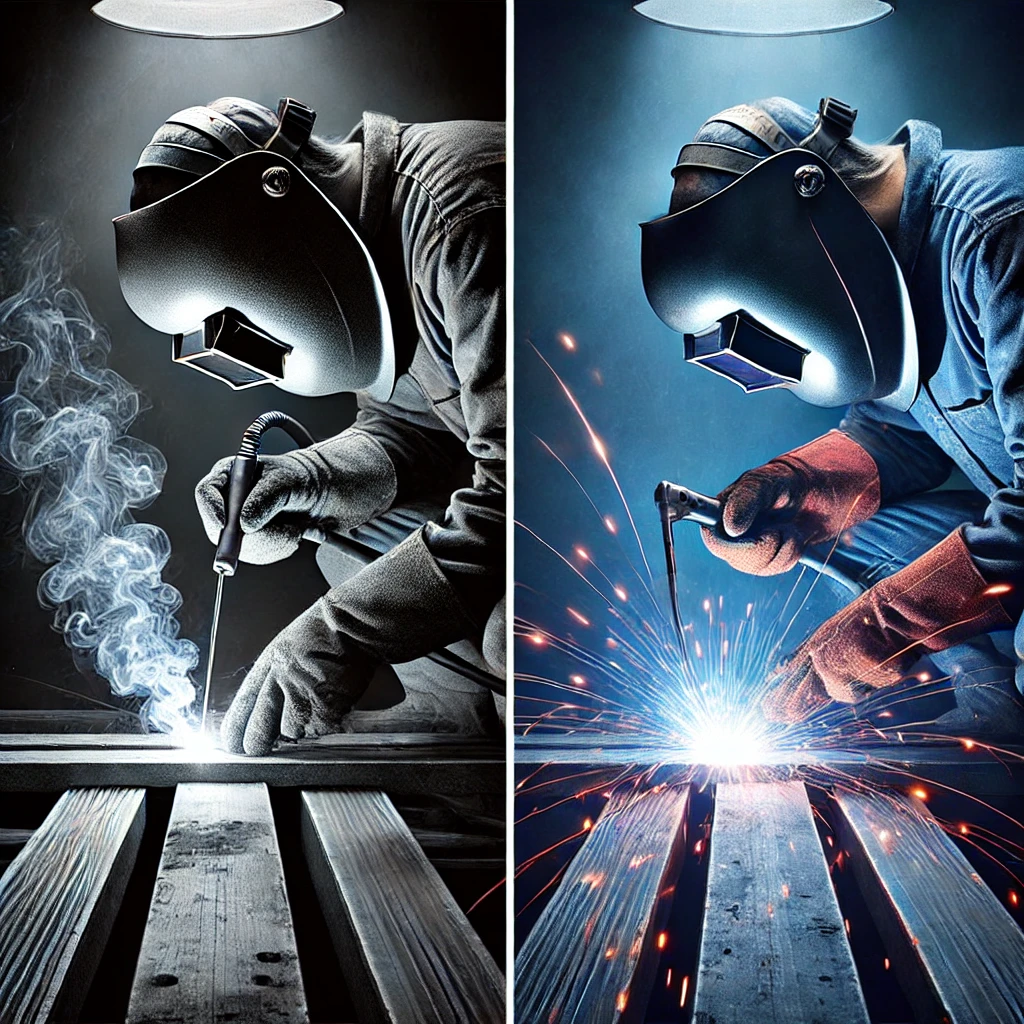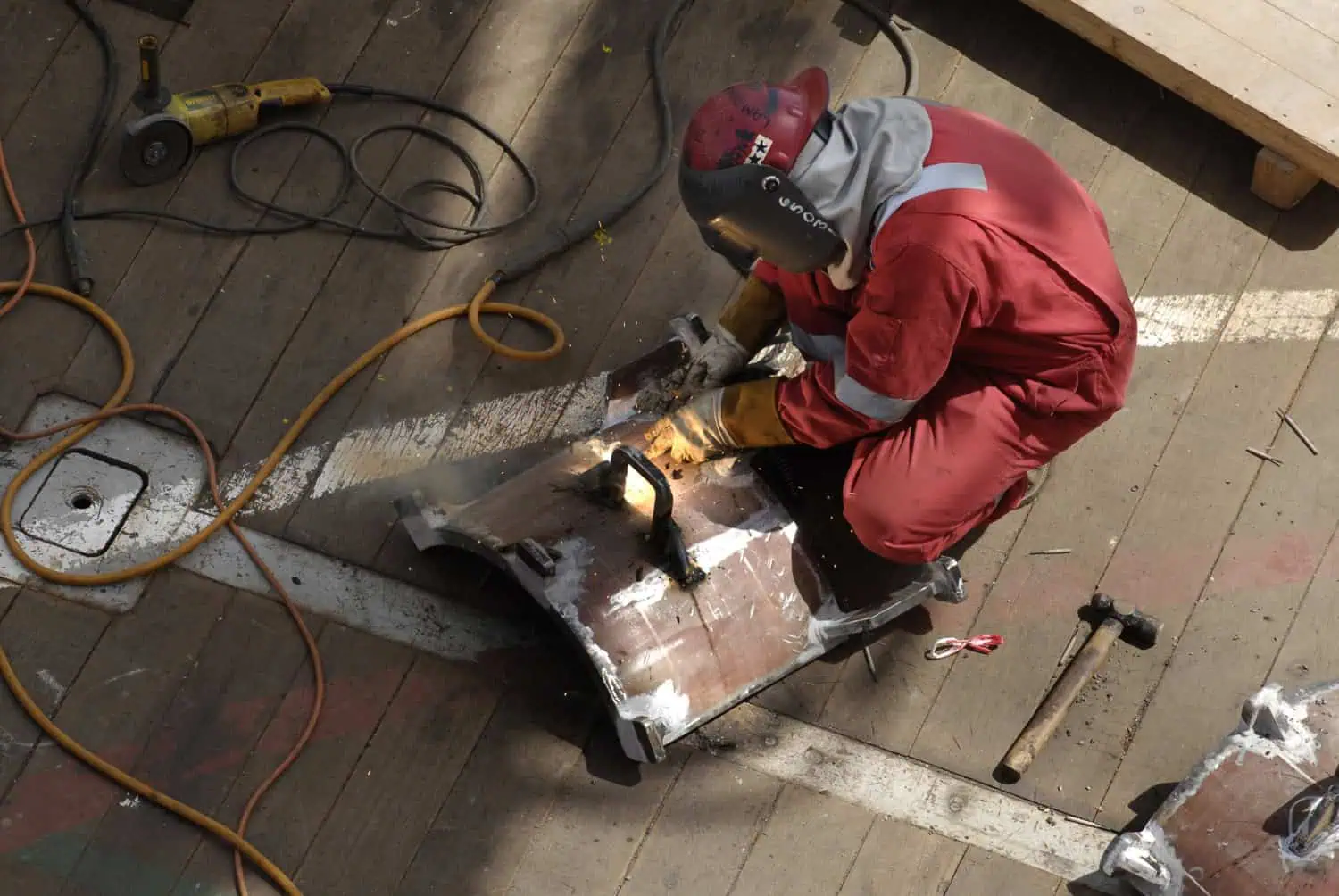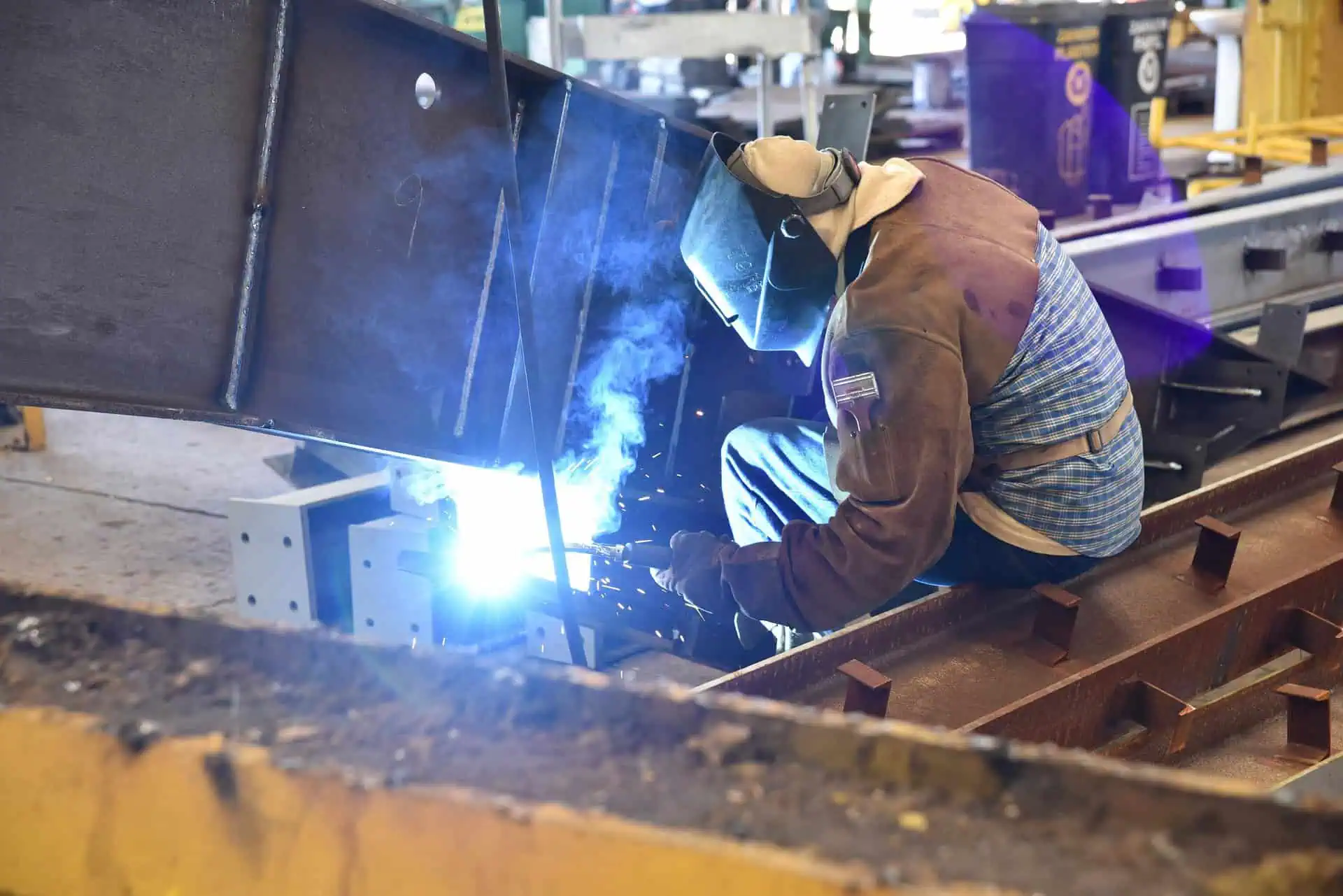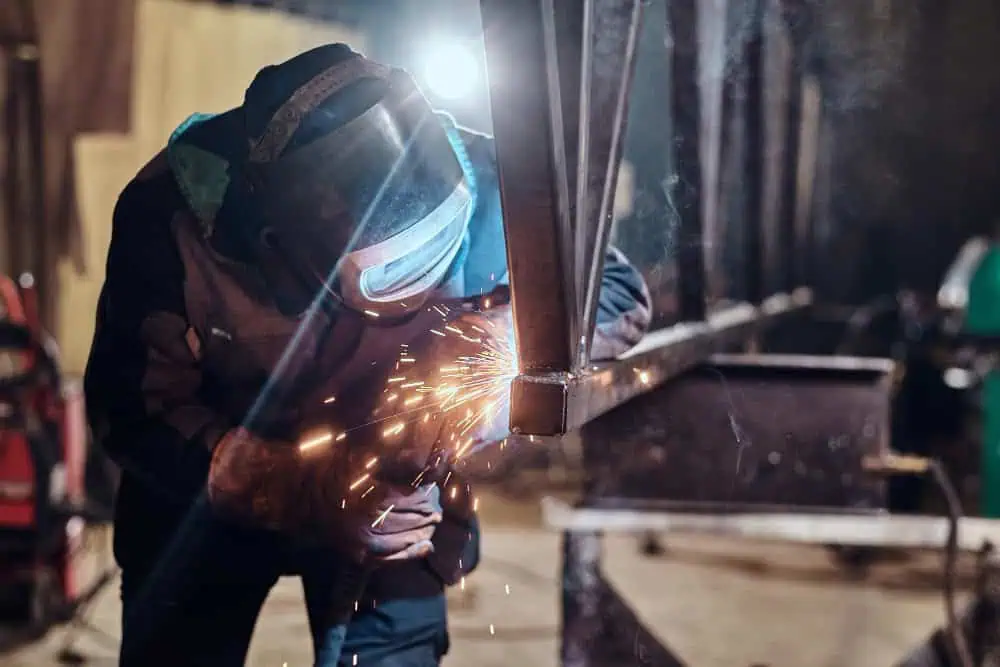-
Call: +1 (647) 403-9321
TIG Welding vs. MIG Welding

TIG Welding vs. MIG Welding: Which Is Right for Your Project?
When it comes to welding, choosing the right technique for your project can make all the difference in the quality, durability, and cost of your work. Two of the most popular welding methods are TIG (Tungsten Inert Gas) welding and MIG (Metal Inert Gas) welding. While both are commonly used across various industries, each has its own strengths and weaknesses. Understanding the differences between these two welding techniques will help you decide which is best suited for your project.
In this guide, we’ll discuss the key distinctions between TIG welding vs. Mig welding, how they work, and the pros and cons of each method, so you can confidently choose the right welding process for your needs.
What Is TIG Welding?
TIG welding, also known as GTAW (Gas Tungsten Arc Welding), is a welding process that uses a tungsten electrode to produce the weld. Unlike other welding methods, TIG welding requires the welder to manually feed a filler rod into the weld area. This technique offers a high degree of precision and is often used for projects that require strong, clean, and visually appealing welds.
How TIG Welding Works?:
- The welder uses a tungsten electrode, which is non-consumable, meaning it does not melt during the process.
- An inert gas, typically argon or a mix of argon and helium, shields the weld area from contamination.
- The welder manually feeds a filler rod to fuse the materials together.
TIG welding is particularly suited for thin materials like stainless steel, aluminum, and other non-ferrous metals. It’s often used in industries such as aerospace, automotive, and fine art sculpture, where precision and clean welds are essential.
What Is MIG Welding?
MIG welding, or GMAW (Gas Metal Arc Welding), is a semi-automatic or automatic process in which a continuous wire electrode is fed through a welding gun. The wire melts and joins the base materials as the welder works. MIG welding is known for its ease of use, making it a popular choice for both professionals and hobbyists alike.
How MIG Welding Works?:
- The welding gun automatically feeds a consumable wire electrode, which melts to form the weld.
- An inert gas, typically argon or a mix of argon and carbon dioxide, protects the weld from oxidation.
- MIG welding can be done in various positions and is generally faster than TIG welding.
MIG welding is typically used for thicker materials and is well-suited for high-production environments. Industries like automotive repair, construction, and shipbuilding often rely on MIG welding for its speed and efficiency.
Key Differences Between TIG vs MIG Welding
While both TIG and MIG welding have their merits, the choice between them depends on several factors like the type of material, the desired finish, and the specific needs of your project. Here’s how they differ:
1. Precision and Quality
2. Speed and Efficiency
3. Material Thickness
4. Ease of Use
5. Applications
Which Welding Method Is Right for Your Project?
Now that you know the key differences between TIG and MIG welding, how do you choose the right method for your project? Here’s a quick guide to help:
- Choose TIG Welding If:: You’re working on a project that requires precision, clean aesthetics, or involves thin metals. TIG welding is the best choice when weld appearance is crucial, or you’re working with delicate materials like stainless steel or aluminum.
- Choose MIG Welding If: You need a fast, efficient process for thicker materials or large-scale projects. MIG welding is ideal for industrial applications, automotive repairs, and any job where speed is a priority.
How Plumbers Can Use Welding to Improve Pipe Systems
Skilled plumbers often use welding techniques to strengthen or repair piping systems, especially in large buildings or industrial settings. Using TIG or MIG welding, they can fix or replace metal pipes that might be prone to corrosion, damage, or leakage. For residential applications, welders can assist in reinforcing systems that rely on metal for water, gas, or drainage lines. By choosing the right welding technique, you can extend the lifespan of your piping systems while ensuring safety and efficiency.
Need Help with Welding? We’ve Got You Covered!
Deciding between TIG and MIG welding can feel overwhelming, but it doesn’t have to be. At Minhas Mobile Welding, we offer expert welding services tailored to your specific needs. Whether you need precision TIG welding for delicate projects or fast, efficient MIG welding for larger-scale jobs, our skilled team is ready to help.
Get in touch today to discuss your project with our welding professionals and find out which method is right for you. We’re proud to offer high-quality mobile welding services that come directly to your location, saving you time and hassle.


